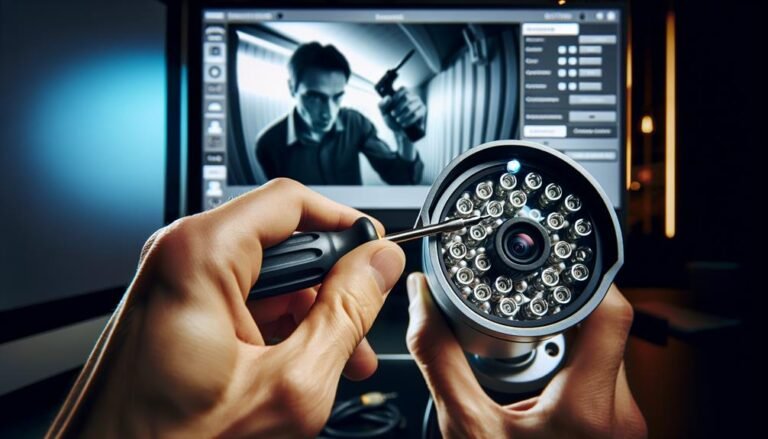How to Disable IR on CCTV Camera

To disable the IR function on your CCTV camera, start by accessing the camera’s settings menu. Look for the IR settings or Night Vision options in the Camera or Advanced Settings section and toggle the IR function off. If you’re…